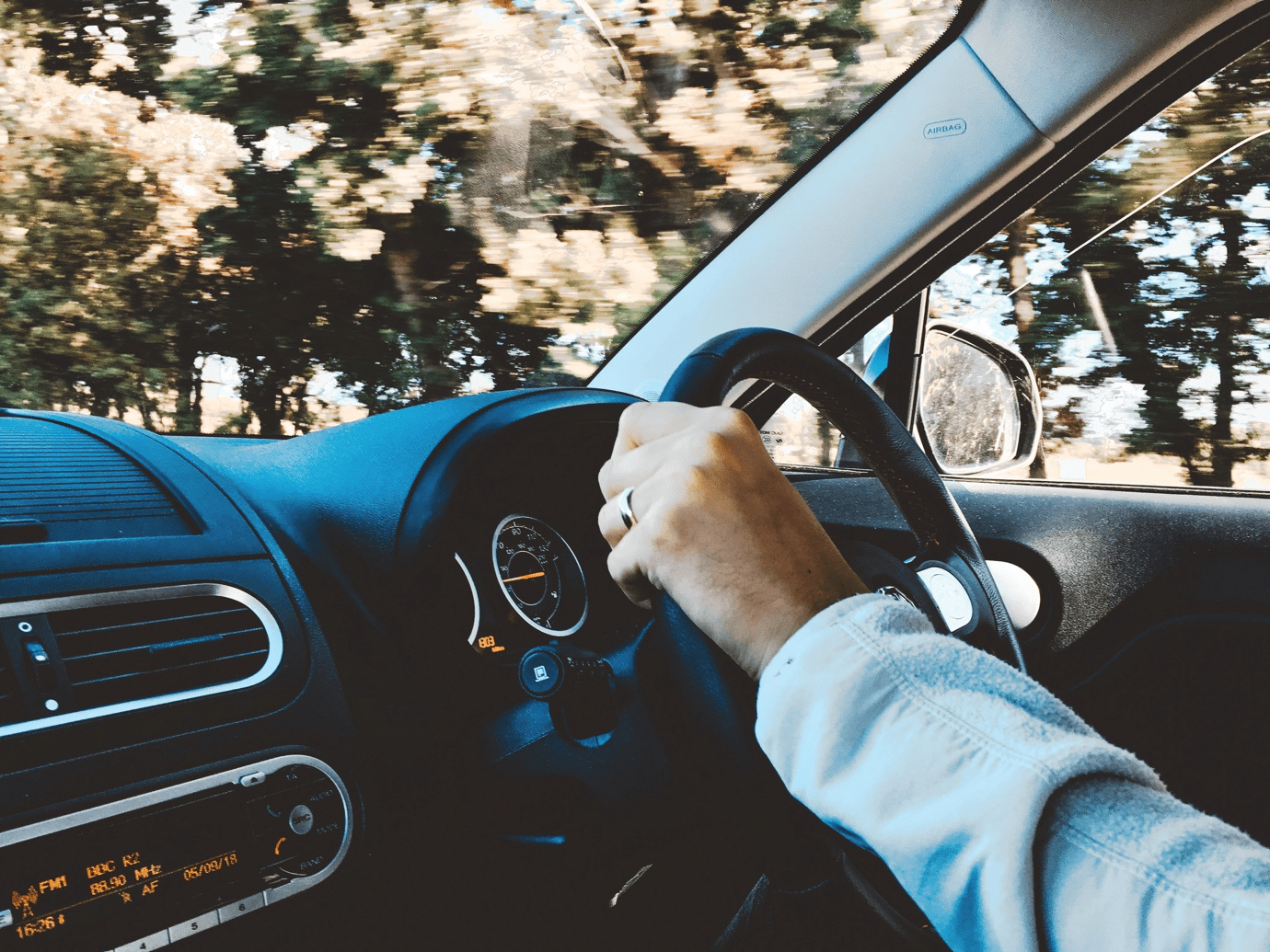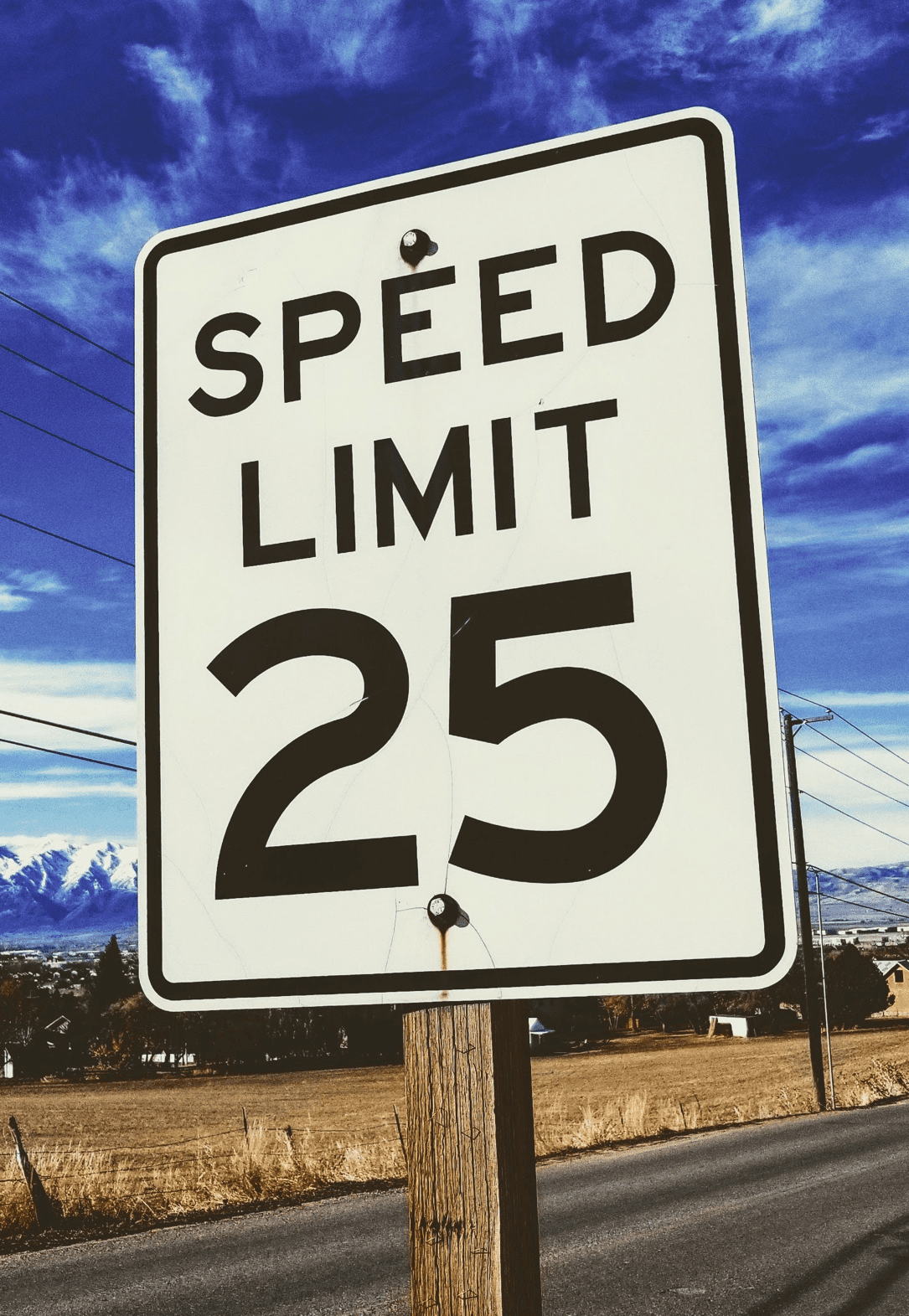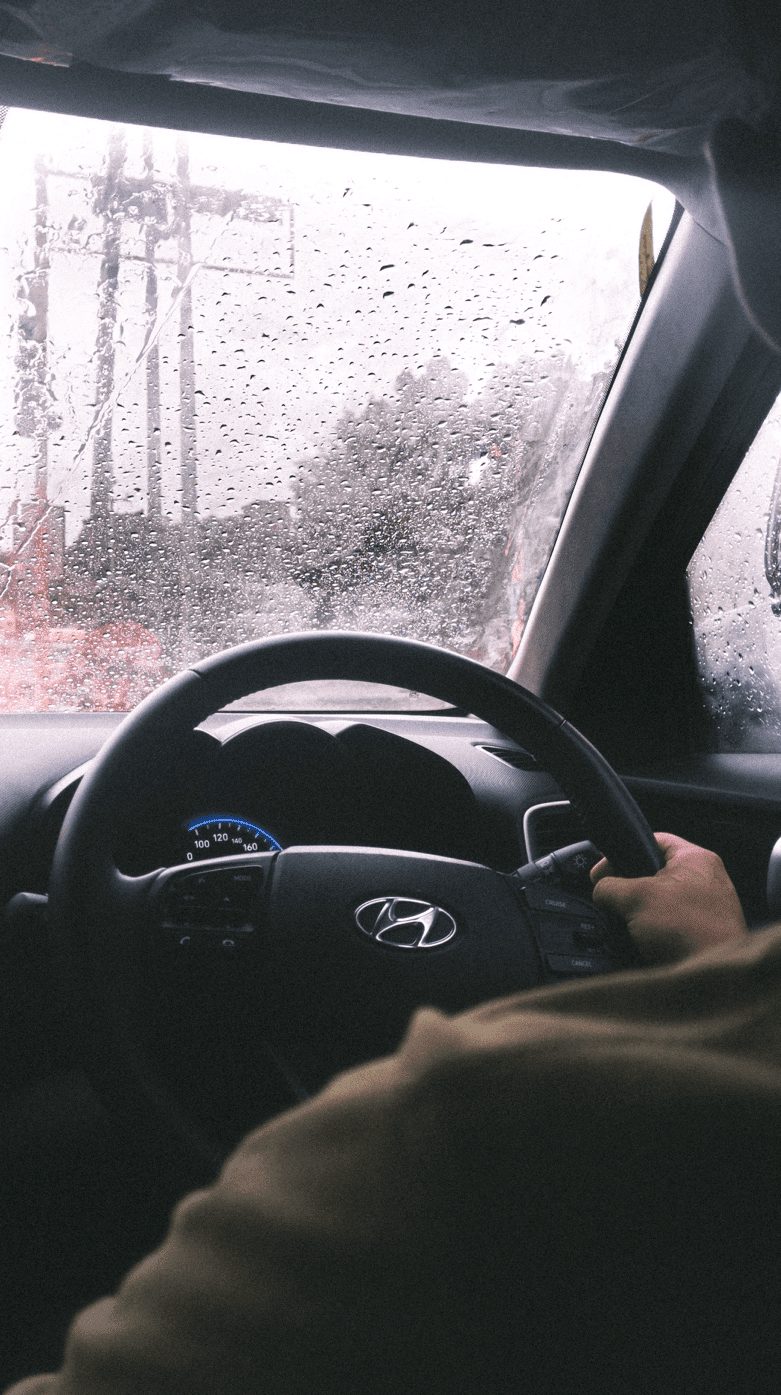According to reports, over 1750 people died in road accidents in the United Kingdom in 2019, while nearly 26000 were severely injured. On average, around five people died that year every day. In the same year, a total of 153,158 road accidents were reported, including both major and minor accidents. Apart from deaths and injuries, road accidents also result in other damages and losses, including financial compensation for medical treatment of the drivers or pedestrians involved in these accidents, loss of infrastructure, etc.
When a person is driving, there is always a chance of a road accident. However, some tips, techniques, and skills can help drivers save themselves and other drivers on the road from getting involved in these accidents. One of these techniques includes defensive driving. Let’s take a look at what it is and why learning defensive driving is essential for every driver these days.
What is Defensive Driving?
Drivers who actively lower the risks involved in driving a vehicle are said to exercise defensive driving. By driving slowly and steadily, defensive driving practices decrease the likelihood of an accident or mishap and can even save fuel and car maintenance costs.
The foundation of defensive driving is awareness. By being aware of potential risks and the activities of other drivers on the road around you, you can take proactive action to prevent an accident. Think fifteen seconds ahead to help you spot risks. There are some basic rules of defensive driving every driver must know. Let’s take a look at them here.
Rules of Defensive Driving
1. Prepare Your Vehicle
Preparing for your car journey, be it short or lengthy, is very important and is the basic rule for defensive driving. Make sure to take enough time for your drive to allow you to stop in between or take breaks if necessary.
Check your car before setting out on a car ride. Check the tyres, engines, and other important components. Always consider any unexpected you might face, like punctured tyres or any other car part breaking down.
Make sure you have the best view of the road when you’re behind the wheel. Adjust your seat properly, so you don’t have to adjust it while driving. Your side mirrors should give you the best view of what’s happening behind your car. If you listen to music, make sure it’s at a volume that doesn’t distract you from what’s happening on the road. Make sure to switch your cell phone to ‘do not disturb’ mode to avoid any distractions.
All of these preparation steps are necessary before driving, irrespective of the time.

2. Plan Ahead
A good defensive driver always plans 10-15 seconds ahead of what’s happening. This can help them avoid potential dangers. For example, if there’s a speed breaker or excessive traffic ahead, you need to start slowing down the speed steadily instead of hitting the brakes at the last moment. Not only can your car skid if you hit the brakes suddenly but some cars behind you might collide with you because they won’t be able to judge your emergency braking in time.
Slow down if there’s an intersection, excessive traffic, pedestrians passing by, a red light, or a stop sign.
3. Prepare for Unexpected Events
Sometimes, people get into accidents that weren’t their fault. For example, reckless or drunk drivers may collide with another car or make it go off-road and crash somewhere else. Drivers using their mobile phones while driving may suddenly swerve on the road or change lanes without an indication, injuring other drivers. Incidents like these are common and can happen to anyone.
This is why drivers must remain vigilant and prepare for any unexpected events around them on the road. This means you must proactively watch for such drivers to keep yourself safe if someone’s driving recklessly.
4. Don’t Overspeed
Almost all roads, including motorways and highways, have a set maximum speed limit by the government. This speed limit is set to keep you and other drivers on the road safe. When you or any other driver overspeeds, they risk accidents.
Firstly, overspeeding cuts down your or other drivers’ reaction time, giving them less time to react if you lose control of your vehicle for any reason. Secondly, getting into an accident at higher speeds will result in more vehicle damage and higher chances of injury or death. Over-speeding can also result in financial losses in terms of overspeeding tickets. Defensive drivers are taught to always keep their vehicles within the speed limit.

5. Not Driving if Impaired
You should not be driving a car if you believe you are temporarily impaired. For example, driving when you’re unwell, experiencing the after-effects of medications that make you feel drowsy, under the influence of alcohol, or tired can temporarily impair your driving.
A defensive driver is taught to be alert at all times and not drive if they feel they’re not hundred percent attentive to their surroundings.
6. Don’t Run Red Lights
Sometimes, people run red lights when they are in a hurry. Other times, they are careless and don’t notice the lights turning red. Often, people miss red lights because they are busy on their phones. No matter the reason for running red lights, it can always result in an accident.
Defensive driving means always staying vigilant and stopping appropriately at red lights by starting to slow down while you’re still a short distance away from the red light.

7. Follow All Traffic Laws
Traffic laws are designed to protect the drivers on the road. However, a lot of drivers ignore these laws and drive recklessly.
Defensive driving teaches drivers to follow the traffic rules at all times, including when they’re in a rush. This is because abiding by traffic laws allows you and other drivers to predict and act proactively if they need to make a sudden move, like stopping suddenly, changing lanes immediately, and more.
8. Create Space
Having enough space around your car is always a safe option. This includes space from the vehicle in front of you, the vehicle behind you, and the vehicles on the side. While there isn’t much you can do about the vehicles on the sides, you can always maintain a good distance with the vehicle in front.
9. Signal Accurately
A lot of traffic accidents happen because a driver doesn’t signal properly. A driver often forgets to use the indicator before turning right or left, leaving the driver behind unaware of their next move. Sometimes, distracted drivers signal the wrong way, creating even more confusion for the drivers behind them.
Signaling properly and accurately is important to avoid accidents and collisions on the road. Moreover, signaling when you’re changing lanes is also necessary, not just on turns.
10. Know Your Vehicle’s Blind Spots
Knowing your vehicle’s blind spots is very important because bigger vehicles often have blind spots that can hide entire cars or even other bigger vehicles, like vans or trucks. Knowing your blind spots can assist in switching lanes and making turns safely.
11. Beware of Intersections
An intersection is among the most dangerous places on the road for any driver. Drivers must slow down when approaching an intersection and check left, right, and left again to minimize risks. The first threat to drivers is the oncoming traffic to their left. If the crossroads is blind, a vehicle must slow down even more because they won’t be able to see the cars on the side street until they are extremely close.
Additionally, keep in mind that you should wait for other drivers at intersections without stop signs or lights. This is one of the basic principles of defensive driving. If you’re at a junction and you’re not sure if it’s your turn to go, let the other drivers pass first.
12. Wear a Seatbelt
Did you know? Wearing a seatbelt reduces the chances of a person dying or sustaining severe injuries in a car accident by over 50%! This is because seatbelts are designed to stop the person from getting thrown out of the vehicle through the windscreen, prevent them from hitting the dashboard or the steering wheel, absorb the impact of the crash, and more.
Defensive drivers wear their seat belts at all times during a car ride.

13. Overtake Safely
Overtaking another car or passing it is an encounter that can result in accidents if not done properly. You should not exceed the speed limit when passing another car. Make sure you clear the road ahead and behind you before switching lanes to pass the other car. Apart from that, don’t tailgate the other car before or after overtaking it, maintaining an adequate distance from the other vehicle.
14. Avoid Distractions
Avoiding any sort of distraction while driving is necessary for every driver. This includes eating or drinking while driving, texting, calling, or using the phone for any other reason, adjusting the music in the car, catering to the kids in the back seat, and more.
Make sure you stop at a safe place if you need to call, text, or cater to your children in the back. While driving, your full focus must be on the road.
15. Drive Slow in the Rain or Snow
Driving slowly is a foolproof way of avoiding accidents or minimizing the damage caused by accidents. It’s important to drive slowly in harsh weather conditions, like heavy rain or snow. This is because these weather conditions hamper your view of the road and make braking difficult. Cars often slide on wet or frozen surfaces or don’t stop in time like on dry roads.
Frozen ice on the roads after a snowfall is very dangerous as it’s extremely slippery, which is why you need to be extra careful after it has snowed in your area.

Importance of Defensive Driving for PCO Drivers
Defensive driving can help any driver, but it is especially recommended for PCO drivers. This is because PCO drivers drive for a greater chunk of the day, traveling across the city. Moreover, PCO drivers earn from driving, which is why defensive driving is crucial to maximising their earnings. Let’s look at some other benefits of defensive driving for PCO drivers.
Reduced Risk of Accidents
Being on the road for a longer time per day compared to regular drivers increases the chances of PCO drivers getting involved in road accidents. However, defensive driving allows PCO drivers to avoid such accidents and keep themselves and their passengers safe.

Enhanced Driving Skills
Defensive driving urges drivers to follow traffic laws, which enhances the driving skills of a particular driver. PCO drivers need to be aware of the rules and have good driving skills to pass the PCO license test and other requirements to continue being PCO drivers.
No Penalties
Driving recklessly or not following the traffic rules may result in hefty penalties and tickets, depending on the violation. PCO drivers must ensure they follow the traffic laws to maximise their earnings and not spend heavy amounts on paying tickets and fines.
Less Car Maintenance
Defensive driving helps you avoid accidents and keep your car in good shape. A car driven properly and gently will result in fewer repairs or need less maintenance. Moreover, avoiding accidents can help PCO drivers save a lot of money that would’ve been spent on repairs for the damages from the accident.
If you’re planning to start your career as a PCO driver and have learned defensive driving, the next step is to get a PCO license and a PHV-authorised car. G&M Direct Hire can help you!
We are a trusted PCO car rental service in London and can help you get your PCO license by completing all the legal requirements. Apart from that, we offer PHV-authorised vehicles at affordable rent. Our fleet includes electric cars, hybrid cars, and plug-in hybrid cars, like the Kia E-Niro, Toyota Prius Plug-in, Nissan Leaf, Toyota Prius Plus, and more.
Contact us now for more information.